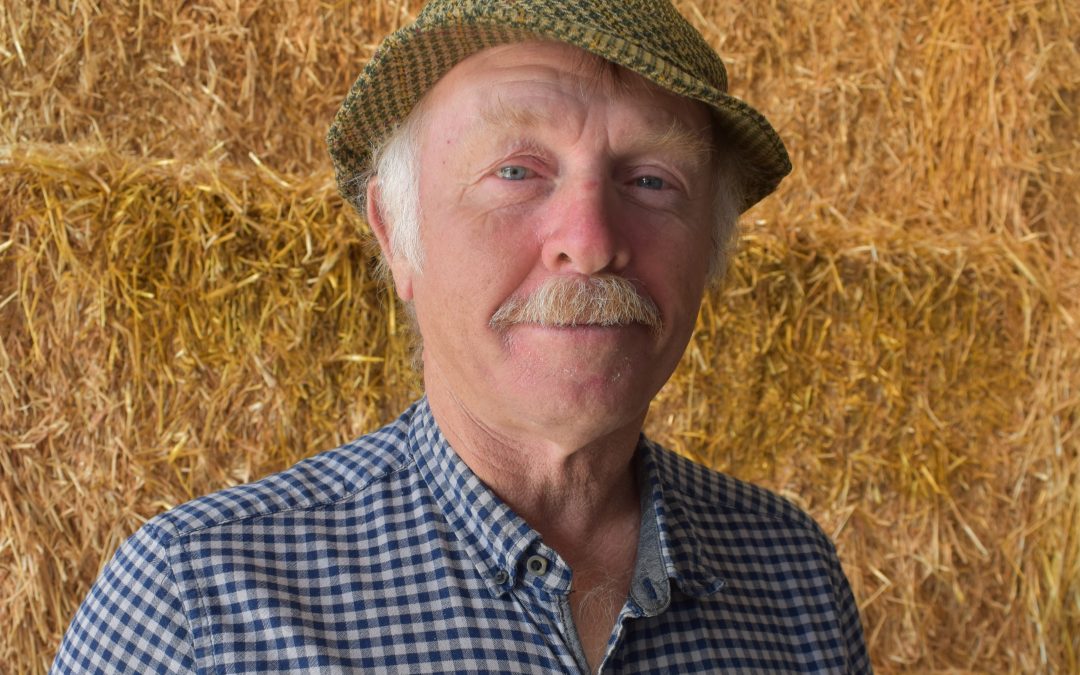Improving flock output and making more from existing resources are the future for Gareth and Meriel Roberts who farm 360 Welsh hill ewes on rough grazing on Bardsey Island. And they say the strategy is succeeding.
“We aren’t searching for a quick fix; rather we have a long-term goal; we are focused on selecting the most efficient performing lines in the flock for maternal and carcase traits combined with functionality, and in turn to reap the economic benefits.
“We firmly believe that it’s crucial not only to focus on the ram’s terminal sire traits to breed a better finished lamb, but equally important the ewe’s maternal traits and her ability to deliver as the ewes make up half the flock, Gareth explains.
Performance recording our ewes is an extra tool to help us get there. We’re focused on breeding a ewe that can lamb outdoors and look after herself – that’s important in today’s brutal economic climate.
“We also want her to produce a lamb finishing an average 1kg heavier, a trend which has significant commercial implications, and is helping us reach our goal – to finish all lambs off grass by Christmas to an average 20kg target deadweight and grade R3L.” Lambs are shipped off Bardsey in autumn to finish on the Roberts’ mainland unit near Aberdaron.
“Furthermore, performance recording is helping us to add value to breeding stock; during the 2020 season, we sold seven yearling rams to a top of £1,150 and average £800. In fact, such was demand we’ve introduced two new ways of adding value; we are going to identify superior ram lambs to sell on to other flocks along with breeding females.”
Opportunities towards achieving a sustainable enterprise are extremely limited on the 440-acre island, for the Roberts who are tenants of the Bardsey Island Trust. “The flock is here to manage the existing vegetation simply because it’s cost-prohibitive to ship supplementary feed and fertiliser to the island, consequently we are economically driven to focus on low input efficiency.
“Two years ago, we agreed the only way forward was to focus on our existing Tregaron type ewes and commence performance recording in order to help us identify the flock’s best performing families which thrive on coastal heath and rough grazing.
“Whilst we been attempting to performance record for several years, joining the newly launched ProHill group provided an excellent opportunity to start formally recording. We’ve since DNA tested the entire flock so we can now identify the parentage of every breeding ram and female so we’re no longer making mistakes or misleading ourselves or prospective buyers.”
ProHill stemmed from HCC’s Hill Ram Scheme and all members are focused on increasing genetic merit, producing lambs that meet market requirements from extensive, forage-based systems and breeding rams with known, improved performance.
So far, the scheme has attracted over 10,000 Welsh ewes, members are using some of the latest technology including DNA shepherding, to select and breed from the best performing animals, producing stock with improved genetic potential to supply the UK hill farm sector.
ProHill members are using a new Hill Index, developed by Signet and HCC which combines both maternal and carcass traits, to identify the top performing animals. Lamb performance is monitored from birth to eight weeks, giving an accurate picture of the ewe’s maternal ability, whilst from eight to 20 weeks, growth and carcass traits are measured, highlighting the lambs’ own performance. The gathered data is analysed by Signet to develop various Welsh EBVs to help producers to make more informed decisions in their selection procedures.
Gareth Roberts adds: “The ProHill group also allows us to focus, share experiences including sales trends, benchmark our flocks and in turn, help us drive towards a sustainable enterprise.”
